Piling, unlike trenches and slabs, isn’t always necessary. But for larger structures, weak ground, or uneven terrain, it provides extra support and stability. So, before you grab your shovel, here’s how to know if piling is in your project’s future:
When to Pile:
Heavy Loads: If your building will bear significant weight, like multi-story structures or bridges, piles distribute the load deeper into the ground, preventing settling.
Weak Ground: Soft or unstable soil, like clay or marshlands, needs reinforcement to hold the structure’s weight. Piles act as anchors, transferring the load to firmer layers below.
Uneven Terrain: Sloping landscapes or land with significant elevation changes might require piles to level the foundation and ensure stability.
Now, if piling is your chosen path, let’s dig in (literally)!
1. Marking Your Territory:
Just like with trenches, visualize your pile locations. Use stakes and string to mark the exact spots, considering the spacing requirements based on your structural engineer’s design. Remember, accuracy is key!

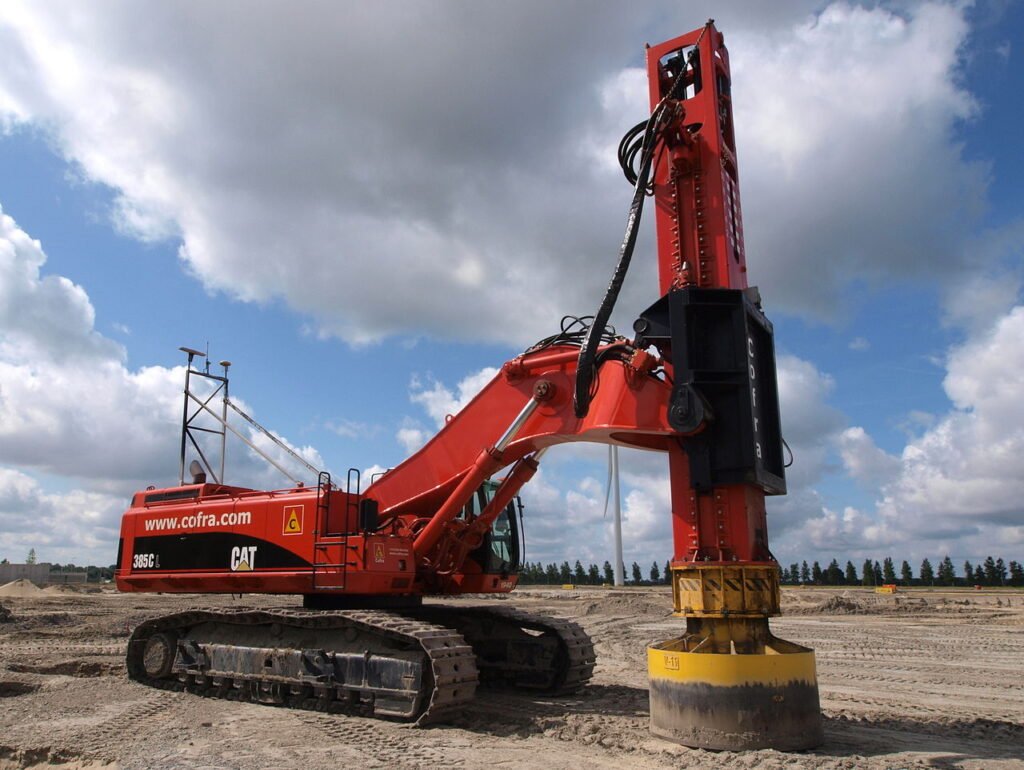
2. Choosing Your Weapon:
Depending on the size and depth of your piles, you have different excavation options:
- Manual Power: For small-scale projects, a trusty shovel and post-hole digger might suffice. Just remember, it’s a workout!
- Mechanical Advantage: For larger or deeper piles, consider machinery like:
- Augers: These spiral tools efficiently drill through soil, perfect for smaller diameter piles.
- Pile Drivers: These heavy hitters hammer or vibrate metal piles into the ground for maximum support.
- Excavators: For large-scale projects, these versatile machines can dig deep and wide, especially useful for wider pile caps.
3. Digging Deep:
Excavate each pile location to the specified depth, ensuring all holes are plumb (perfectly vertical) and at the correct diameter.
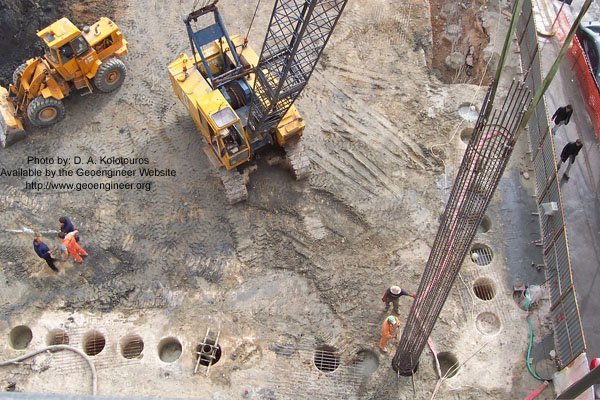

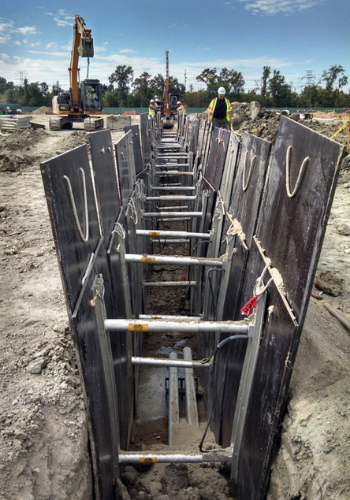
4. Safety First:
Remember, safety is paramount:
- Shoring: If the soil is unstable, use temporary shoring to prevent cave-ins.
- Sloping: For deep excavations, create safe entry and exit slopes to avoid accidents.
- Utilities: Always check for underground utilities before digging to avoid costly and dangerous damage.
5. Bottom Line:
Once all pile holes are ready, ensure they’re clean and free of debris before moving on to installing the piles themselves. Remember, precise and safe excavation sets the foundation for a sturdy and reliable structure.
Visual Inspiration:
To give you a clearer picture, here are some helpful visual resources:
Types of Piling Foundations:
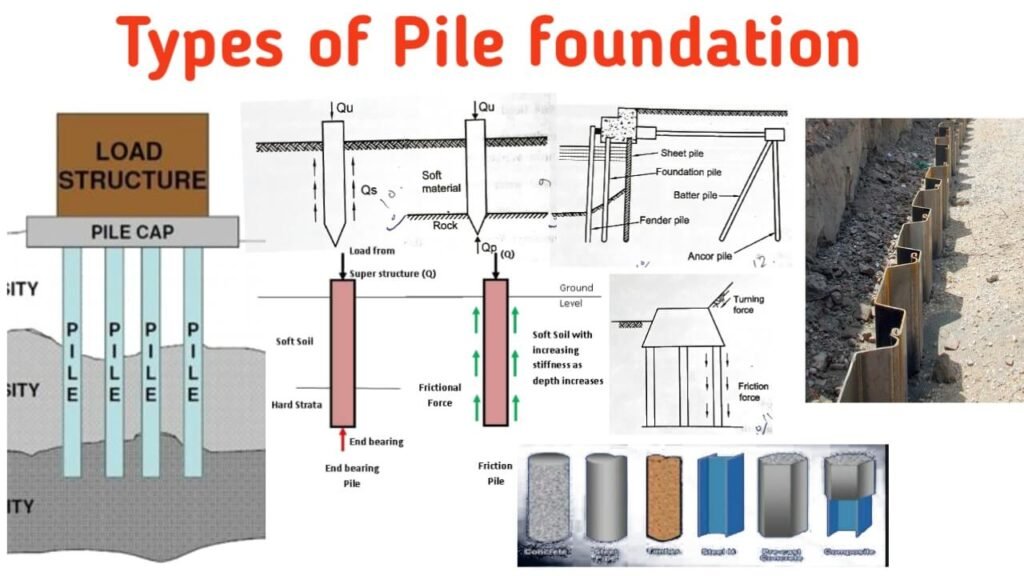
Auger Pile Drilling:
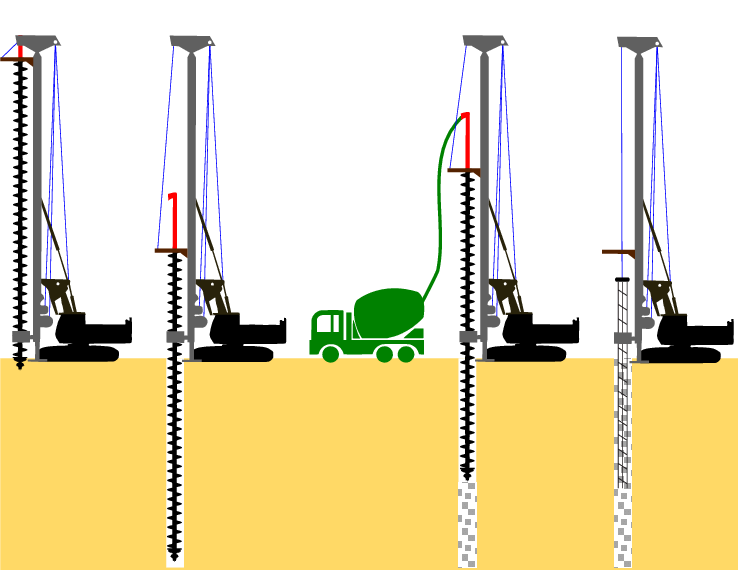
Types of Piling Foundations:
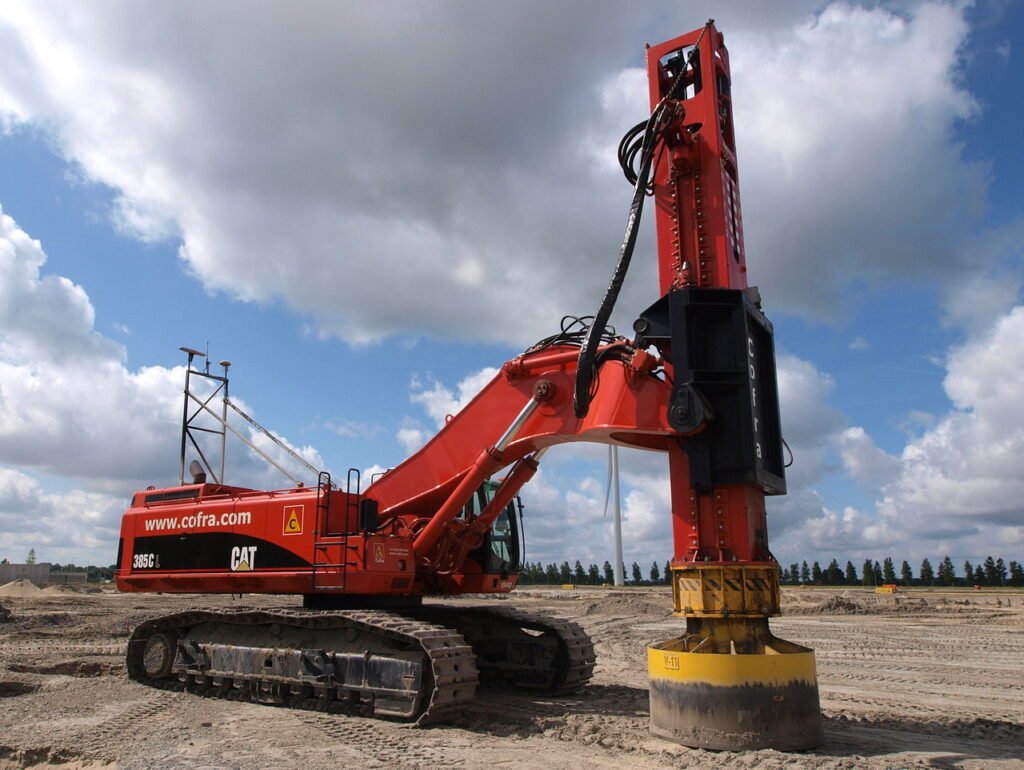
Auger Pile Drilling:

With careful planning, the right tools, and safety as your mantra, digging for piles can be a smooth and successful step in your construction journey.
Remember, consult a structural engineer for specific pile design and depth requirements. They’ll tailor the piling solution to your unique project needs.

